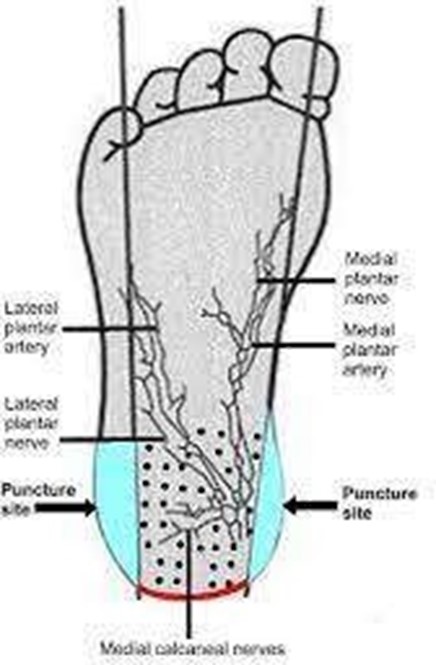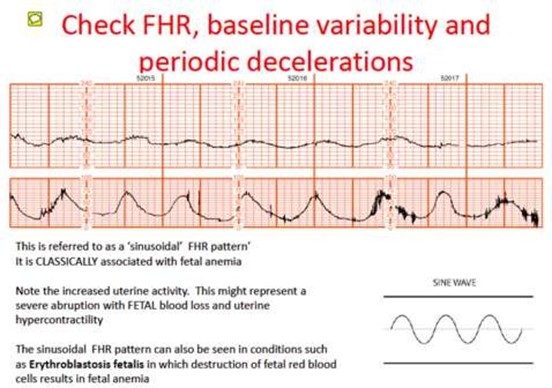A nurse is assessing a client who is at 27 weeks of gestation and has preeclampsia. Which of the following findings should the nurse report to the provider?
Creatinine 0.8 mg/dL.
Platelet count 60,000/mm.
Hemoglobin 148 g/dL.
Urine protein concentration 200.
The Correct Answer is B
A platelet count of 60,000/mm is low and can be a sign of HELLP syndrome (Hemolysis Elevated Liver enzymes Low Platelet count), which is a serious complication of preeclampsia.
Choice A is not the answer because a creatinine level of 0.8 mg/dL is within the normal range.
Choice C is not the answer because a hemoglobin level of 148 g/dL is within the normal range.
Choice D is not the answer because urine protein concentration of 200 mg/dL is within the normal range for preeclampsia.
Nursing Test Bank
Naxlex Comprehensive Predictor Exams
Related Questions
Correct Answer is B
Explanation
“Use an automatic puncture device on the heel.” This is the most common and minimally invasive method to draw capillary blood from an infant for medical testing.

Choice A is incorrect because the heel should be punctured on the outer aspect of the foot to avoid damaging the calcaneus bone.
Choice C is incorrect because the heel should be cleansed with an alcohol swab
before, not after, the procedure.
Choice D is incorrect because there is no need to place an ice pack on the newborn’s heel before the procedure.
Correct Answer is C
Explanation
A nurse assessing the results of a nonstress test for an antepartal client at 35 weeks of gestation should indicate the need for further diagnostic testing if there are no late decelerations noted with three uterine contractions of 60 seconds in duration within a 10-min testing period.

Choice A is incorrect because an increase in fetal heart rate to 150/min above the baseline of 140/min lasting 10 seconds in response to fetal movement within a 40-min testing period is a normal result.
Choice B is incorrect because irregular contractions of 10 to 20 seconds in duration that are not felt by the client do not indicate the need for further diagnostic testing.
Choice D is incorrect because three fetal movements perceived by the client in a 20-min testing period do not indicate the need for further diagnostic testing.
Whether you are a student looking to ace your exams or a practicing nurse seeking to enhance your expertise , our nursing education contents will empower you with the confidence and competence to make a difference in the lives of patients and become a respected leader in the healthcare field.
Visit Naxlex, invest in your future and unlock endless possibilities with our unparalleled nursing education contents today
Report Wrong Answer on the Current Question
Do you disagree with the answer? If yes, what is your expected answer? Explain.
Kindly be descriptive with the issue you are facing.
